
In Chongqing, China, TECNO introduced three advanced imaging technologies that promise to reshape the landscape of everyday smartphone photography. Rather than focusing on features that only professionals or enthusiasts can navigate, The company has set its sights on making advanced imaging accessible to anyone with a mobile device from TECNO. By showcasing TECNO Image Matrix (TIM), EVS Dynamic Snapshot, and Tap Any Zoom Dual Prism Telephoto at Future Lens 2024, the company emphasized that crisp, lifelike images and smooth shooting experiences can be the norm, not the exception.
Designer: TECNO
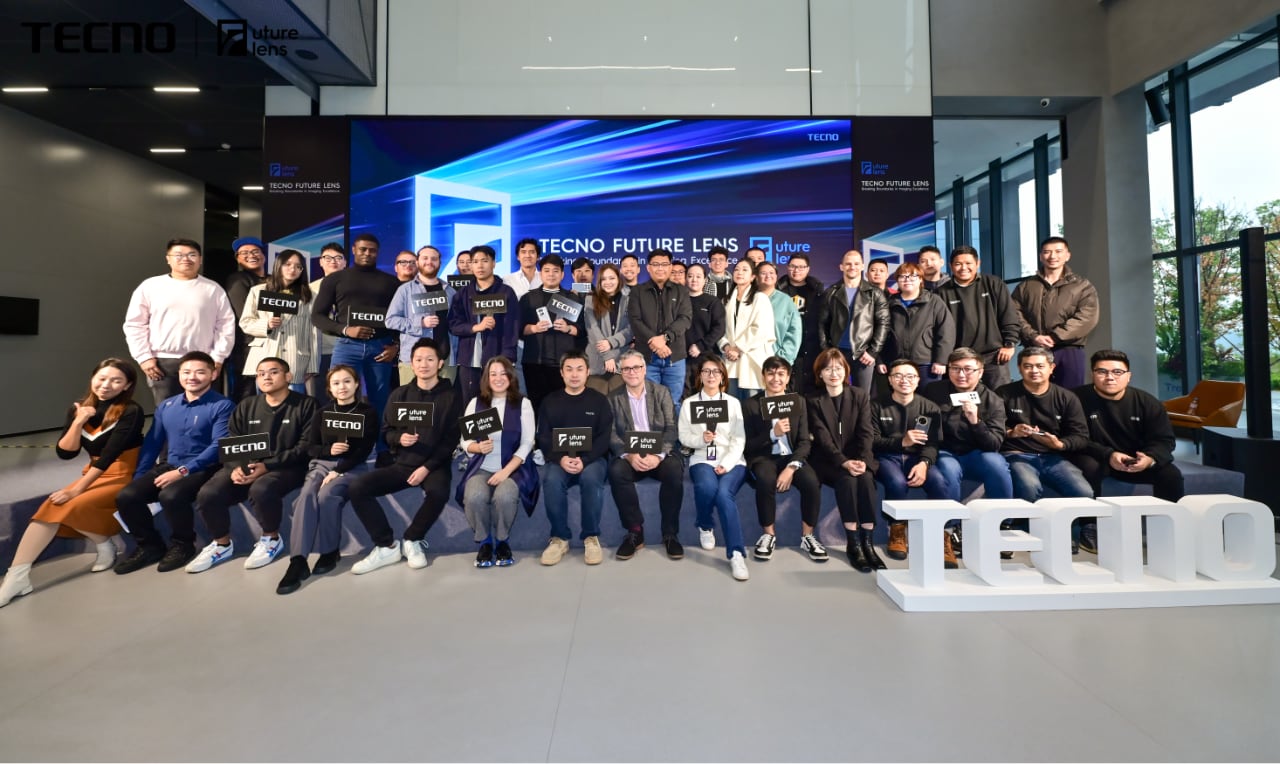
This ambition reflects TECNO’s guiding principle of “Stop At Nothing,” a philosophy that rejects the notion of accepting limitations as inevitable. Instead of working around constraints like poor lighting or distant subjects, TECNO strives to eliminate them. In doing so, the brand stands by its mission to uplift emerging markets and ensure that even users who have historically been overlooked can share in the benefits of cutting-edge imaging technology. This approach goes hand-in-hand with a broader AI Vision strategy. As Huang Xiao Han, Director of TECNO’s Image R&D Center, explains, the company is committed to “leveraging new AI technologies alongside advanced imaging technologies to deliver even better imaging experiences for users.” In other words, TECNO’s progress focuses on everyday improvements but represents a continuous effort to redefine what mobile cameras can achieve.

The outcome of these efforts represents a significant technical upgrade. By developing imaging systems that adapt to real-world conditions, TECNO empowers individuals to document their lives with clarity and emotion. Through thoughtful design and consistent effort, the brand works to ensure that people around the world can capture the images that matter most, free from the frustrations that once seemed unavoidable.
How TECNO Image Matrix reimagines smartphone image processing
TECNO Image Matrix, commonly known as TIM, transforms how a smartphone handles visual data. Many devices stumble under the pressure of running multiple AI imaging tasks simultaneously, resulting in slower performance and reduced quality. TIM confronts this issue by rearranging the data pipeline so that each step, from initial capture to final output, receives the optimal level of computing power. Rather than making the user wrestle with settings, TIM does the heavy lifting behind the scenes, ensuring that complexity never spills over into the shooting experience.
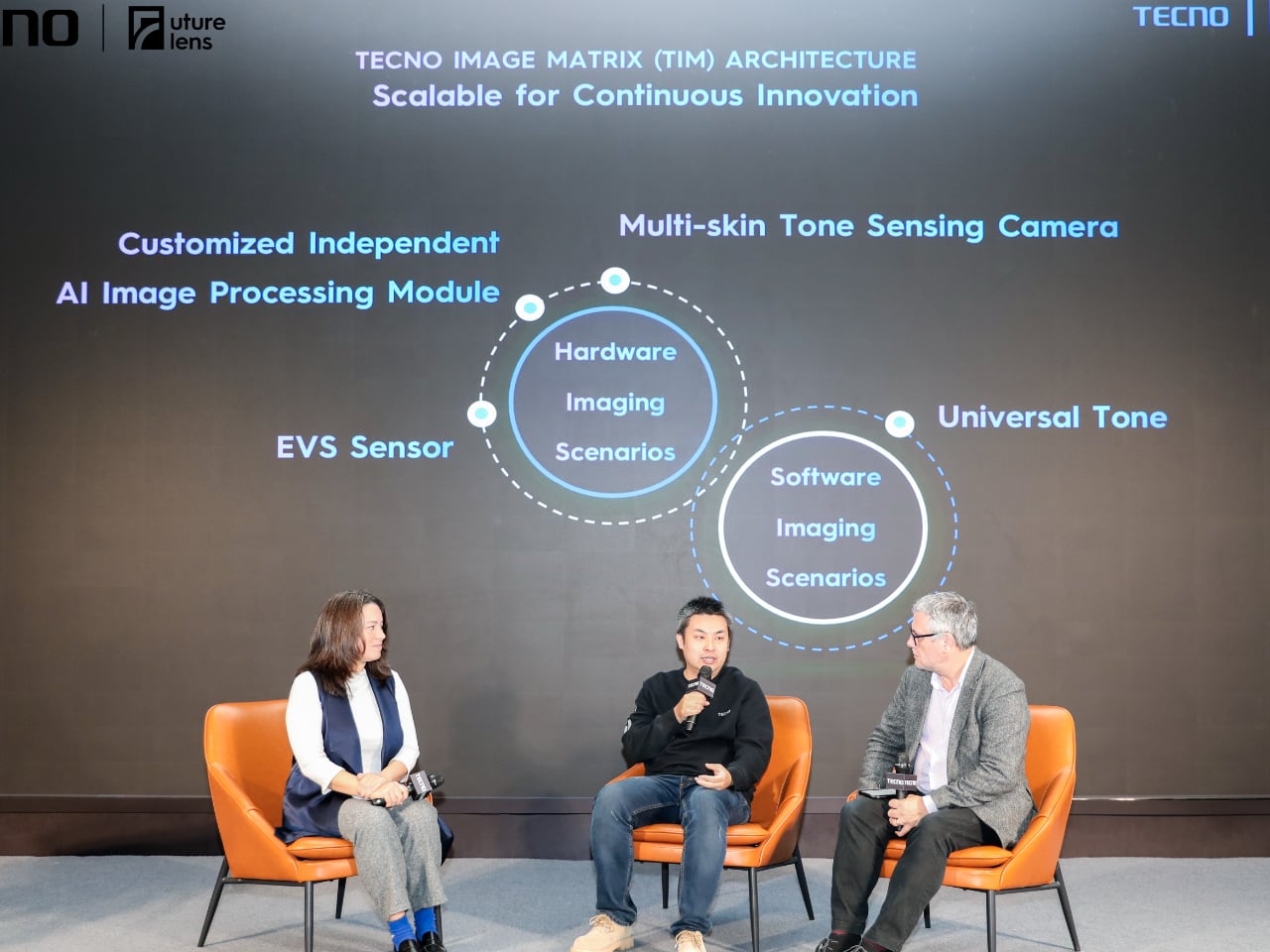
At its core, TIM depends on a solid hardware foundation—sensors, camera modules, and display components harmonize to create a stable base. Above this, a series of refinements eliminates noise, balances colors, and enhances stability before the image data reaches TIM’s central hub, known as TAPS (TECNO Algorithm Process Stack). Here, four specialized AI engines work in concert—AI RAW, AI SNAP, AIGC Studio, and AI UT. AI RAW sharpens low-light and backlit scenes, AI SNAP removes shutter lag, AIGC Studio opens doors for creative enhancement and editing, and AI UT restores natural skin tones. Each engine addresses a long-standing pain point, turning once-complicated challenges into frictionless experiences.
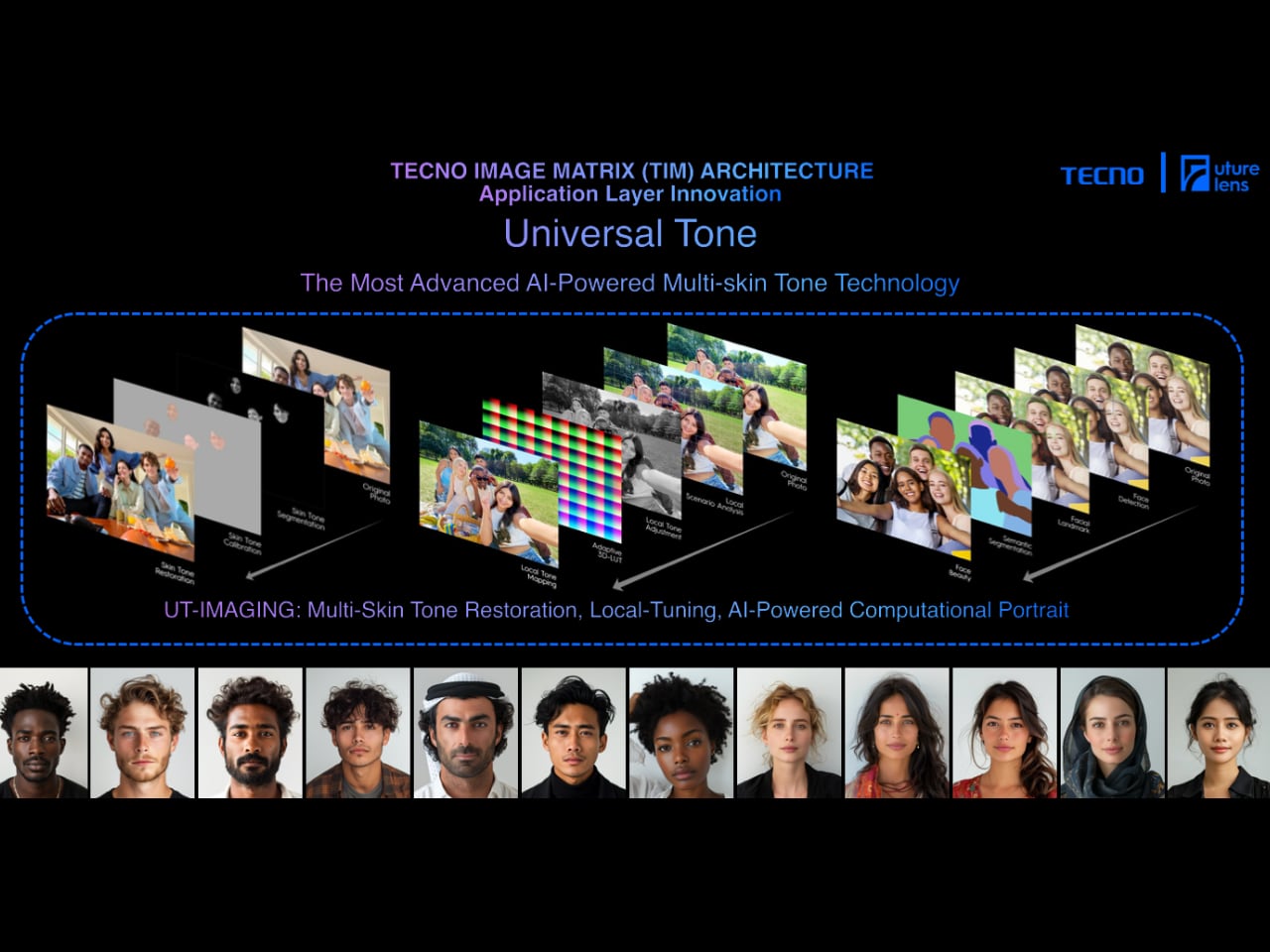
The beauty of TIM is that it shields users from the technical intricacies at play beneath the surface. One no longer needs to understand advanced photography principles to produce images that are sharp, vibrant, and true to life. The camera intuitively reacts to the environment, ensuring that even in tricky situations—dim alleys, high-contrast street scenes, or fleeting personal moments—the user emerges with a photograph that feels effortless and complete.

EVS Dynamic Snapshot and the pursuit of clarity in motion
Capturing a subject in motion has long been a gamble for smartphone photographers. Time the shot too early or too late, the moment disappears into a blur. Traditional cameras operate frame-by-frame, forcing users to hope their reflexes align with the perfect instant. More often than not, the result is a smeared record of action rather than a crisp reflection of what actually transpired.
EVS Dynamic Snapshot reframes how motion is recorded and represented. Instead of merely grabbing a split-second, it tracks the subject’s entire path of movement, converting continuous motion into rich data. Intelligent AI algorithms then merge this dynamic information with the stable background captured by the RGB camera. The outcome is a single, clear image that conveys the energy and vitality of the scene. Whether it is a child’s carefree twirl, an athlete’s decisive leap, or a bird’s graceful flight, the camera now captures the position and essence of that kinetic event.
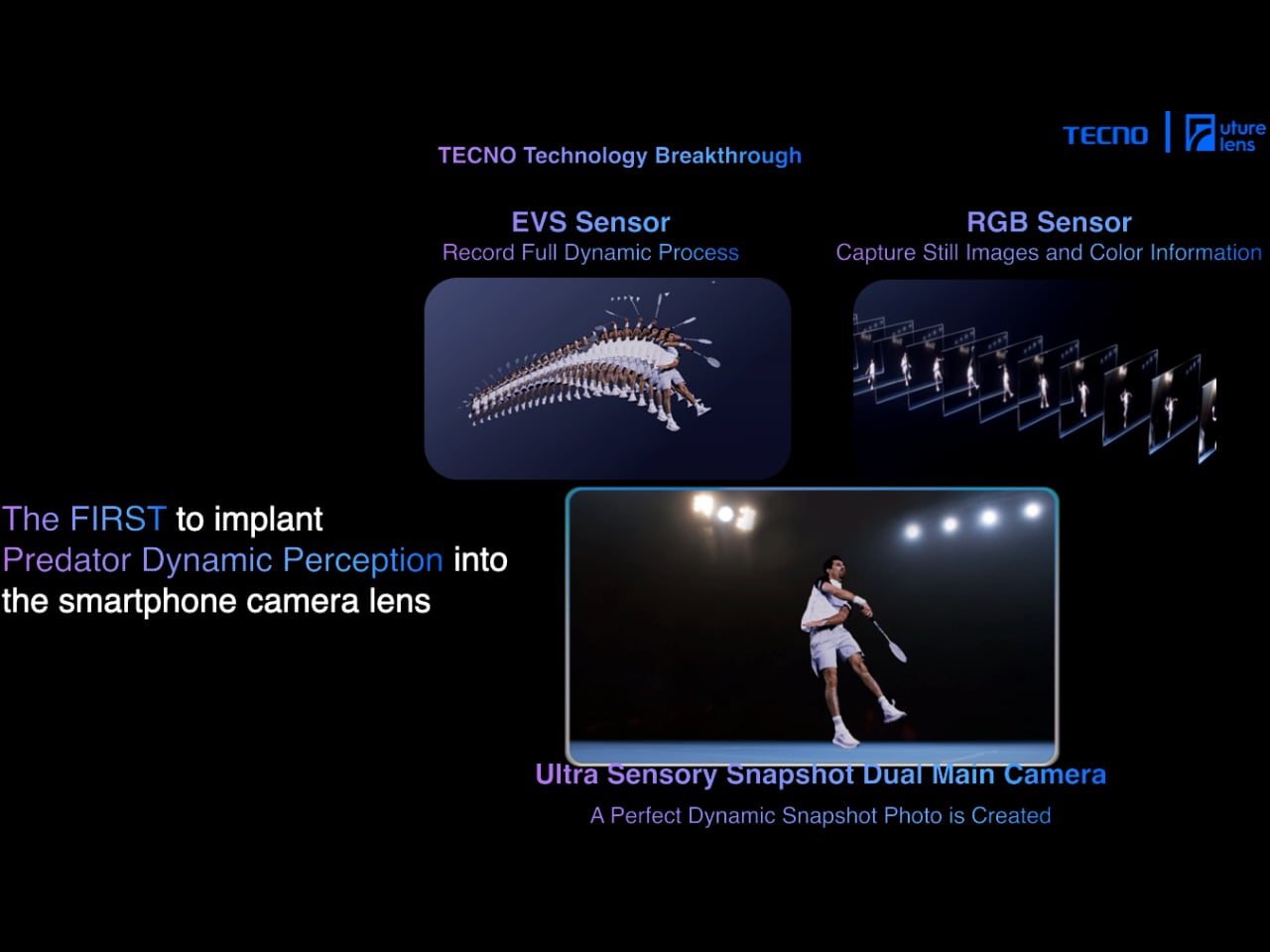
For everyday users, EVS Dynamic Snapshot dramatically reduces the anxiety around action shots. No longer does one need to guess when to press the shutter. The technology ensures the camera can handle motion on its own terms, delivering naturally sharp and full-of-life results. For motorsport journalists and photographers like myself, capturing a speeding F1 car on a track isn’t the easiest. This is one area of digital photography in which I’m eager to test this technology in the future.

Beyond the professional field, EVS Dynamic Snapshot also promises to capture everyday moments that might otherwise be lost to motion blur. This technology bridges the gap between dynamic scenes and the clarity needed to preserve them effectively, from children’s sports events to lively city streets. Instead of missing or distorting these special moments, users are free to enjoy them, confident that their phone will preserve them in all their clarity.
Tap Any Zoom Dual Prism Telephoto and the challenge of long-range detail
Distant subjects have traditionally posed another set of challenges. Zooming in often produces shaky images that fail to do justice to the beauty of far-off scenes. Without a steady hand or additional equipment, capturing a distant monument’s intricate details or a stunning panorama can feel out of reach. The telephoto function becomes an exercise in patience and compromise.
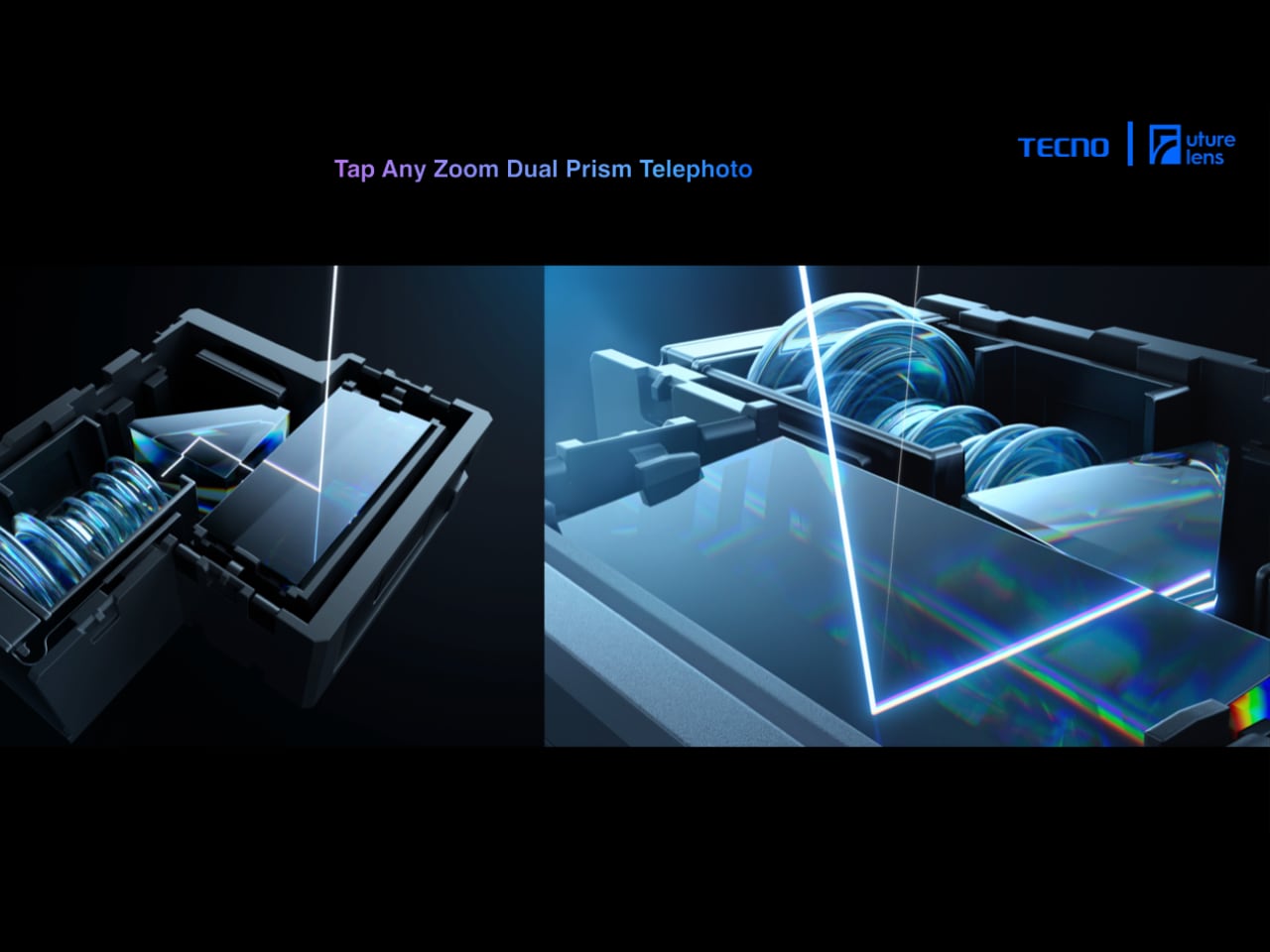
Tap Any Zoom Dual Prism Telephoto dismantles these barriers by blending a dual prism design with lens-shift optical stabilization and AI-driven decision-making. Instead of fumbling with pinch gestures or hoping your hand remains steady, a double tap on the desired subject instantly sets the ideal zoom. The dual prism configuration grants a wide field for stabilization, while AI calculations and lens-shift corrections neutralize tremors and external vibrations. This seamless interplay ensures that the image remains crisp and stable even at significant magnifications.
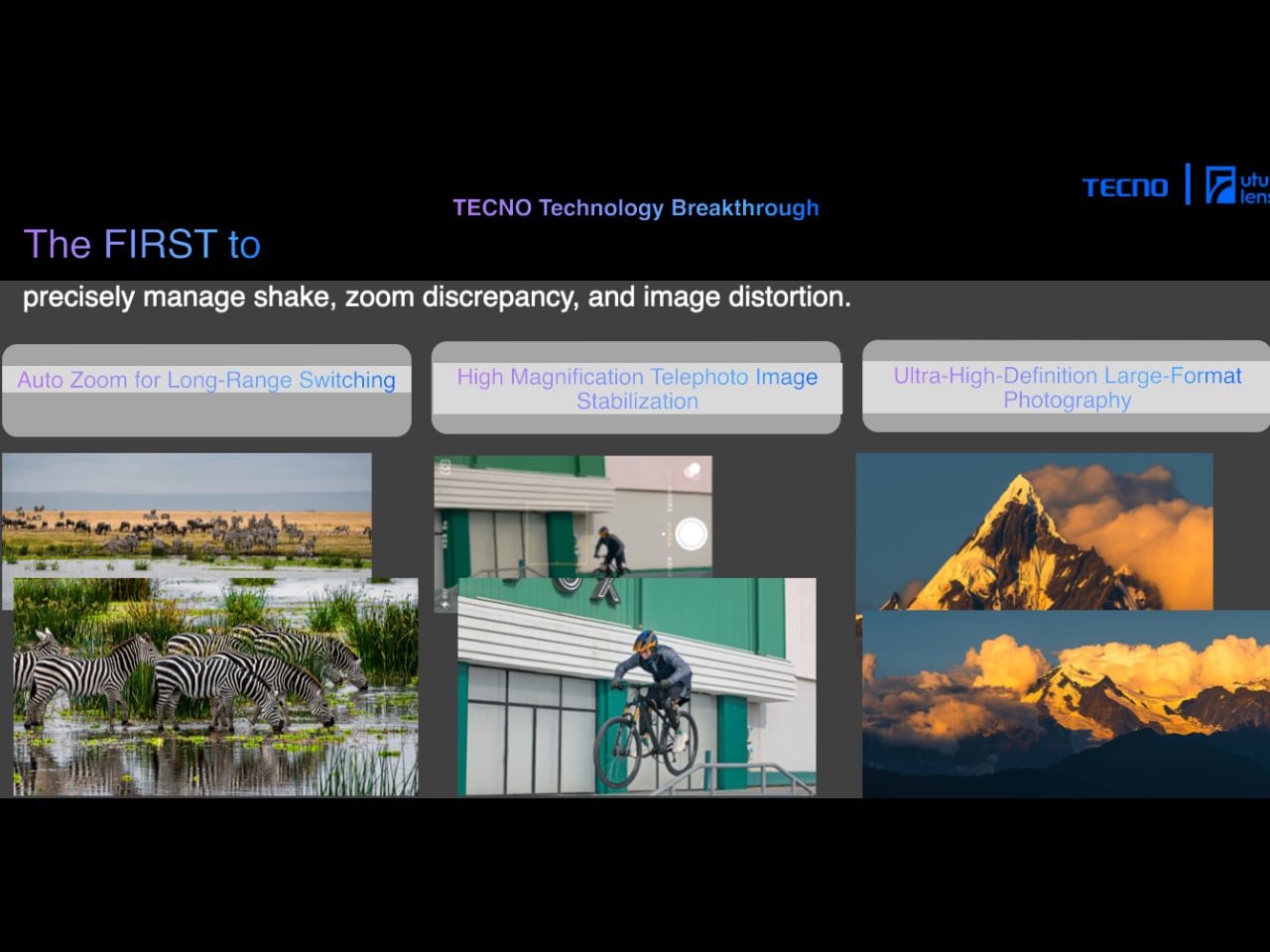
By simplifying the once-difficult process of long-range photography, Tap Any Zoom Dual Prism Telephoto invites users to capture scenes that would otherwise remain elusive. A sweeping mountain range, a distant architectural marvel, or subtle wildlife activity can now be preserved with remarkable clarity. Instead of grudgingly accepting the limits of smartphone zoom, users discover a new layer of freedom and creative possibility.
What these new imaging technologies mean for everyday smartphone users
The trio of innovations—TECNO Image Matrix, EVS Dynamic Snapshot, and Tap Any Zoom Dual Prism Telephoto—represents a holistic rethinking of the camera’s role in daily life. Each addresses a longstanding frustration that once required skill, patience, or sheer luck to overcome. Together, they deliver a camera experience that aligns with a person’s natural instincts rather than forcing them to adapt to technical shortcomings.

For everyday users, this means that the shift from an afternoon stroll to a gallery-worthy photograph no longer hinges on trial and error. Nighttime portraits lose their murkiness, action sequences gain definition, and distant scenes reveal themselves without compromise. The AIGC Studio engine encourages users to personalize their images, adding their own touch without becoming bogged down in intricate editing software. The camera, in effect, becomes a medium through which individual perspectives come to life.
These improvements don’t eliminate every trade-off. More advanced AI functions may consume additional processing power or demand a short period of adjustment. Yet the gains—greater flexibility, improved quality, and effortless operation—far outweigh these considerations. By reducing barriers and expanding its creative range, TECNO empowers users of all skill levels to capture their environments with authenticity and nuance.
Toward a future shaped by intelligence, adaptability, and a refusal to settle
The Future Lens 2024 event in Chongqing highlighted TECNO’s determination to continually break new ground. Rather than accepting the old standard where cameras struggled with low-light scenes, rapid motion, or distant targets, the company pursued a different outcome. The Stop At Nothing mantra means that every challenge is merely an opportunity to innovate further. It’s a pledge to keep refining the user experience, fueled by an AI Vision strategy that, as Huang Xiao Han stated, aims to leverage emerging technologies to elevate imaging for everyone.

Vincent Nguyen (left) and Laury Bai (right)
As these advances evolve, I look forward to Mobile World Congress 2025 for more specifics on how and when these features will filter into mainstream devices. The conversation doesn’t end with this event; it continues as TECNO refines its approach, delivering smarter and more versatile cameras with each iteration. By staying true to its philosophy, the company ensures that innovation never remains an abstract ideal but becomes a tangible reality in the hands of its users.

Ultimately, the technologies introduced at Future Lens 2024 point to a world where the camera’s capabilities are no longer defined by limitations but by how well it can adapt and excel. Every subtle shade in a dim alley, every fleeting smile caught in motion, and every distant marvel transformed into a masterpiece become attainable. This is the future TECNO envisions: one shaped by intelligence, guided by user needs, and anchored by a promise to stop at nothing in the quest to deliver extraordinary imaging experiences.
The post TECNO Unveils Groundbreaking AI Imaging Technology at Future Lens 2024 first appeared on Yanko Design.
0 Commentaires